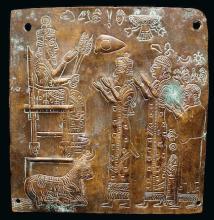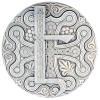Updated: Apr 20, 2022
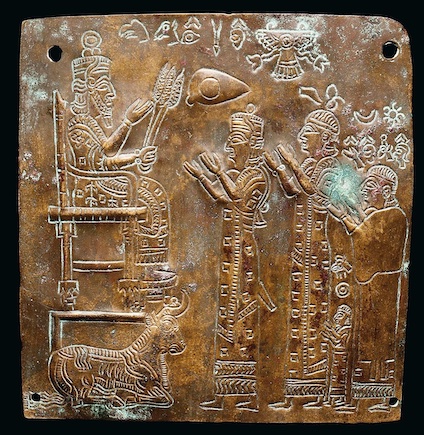
How and where did the great Sumerian civilization come from? Many scientists have been and are still struggling to solve the mystery of the origin of this unique civilization, but riddles still remain, there are a lot of questions the answers to which have not been found yet.
German archeologist Heinrich Schliemann, who is known for his excavations of ancient Troy, wrote in his diary shortly before his death, “The whole European culture considers itself the heir to the Ancient Greek and Roman civilizations, not realizing that both of them, in their turn, originate from the ancient Armenian civilization.”
The axiom is the following – the Armenian civilization was and is one of the first on the Earth, the Armenian language was and is the oldest language among the existing today and probably extinct languages as well. The Armenian nation was and is the initial quintessence of human culture that nourished and continues to feed the whole world in all fields of knowledge and art.
The proofs of this in history are innumerable, but now, it will be a question of another field of science, namely geography, more precisely, toponymy. And here, one can meet the testimonies of historians, both Armenian and foreign, on where and how culture and civilization originated. The Armenian Highlands are unique in toponymic terms.
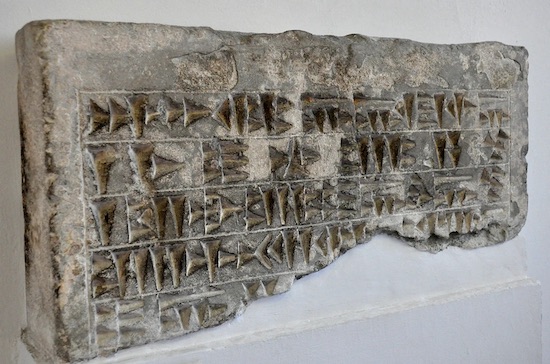
Since the 6th-5th millennia BC, the Armenian nation has been developing, the Armenian language has existed, tens of thousands of names have been given and then recorded, reflecting all the diversity and countless impressions and situations of the oldest autochthonous people.
Most Armenian geographical names, which are related to anthropogeny and, especially, geography, are 3-4 thousand years old. All of them eloquently testify to the Armenian-centric structure of the ancient world. Here are just a few examples.
For many years, scientists were unable to decipher the Sumerian cuneiforms. They didn’t manage to come to unambiguous conclusions about where the Sumerian civilization came from and what the Sumerians meant in their legends. All the data, including the very name of Sumer, are perceived by contemporaries indirectly through the Akkadian language
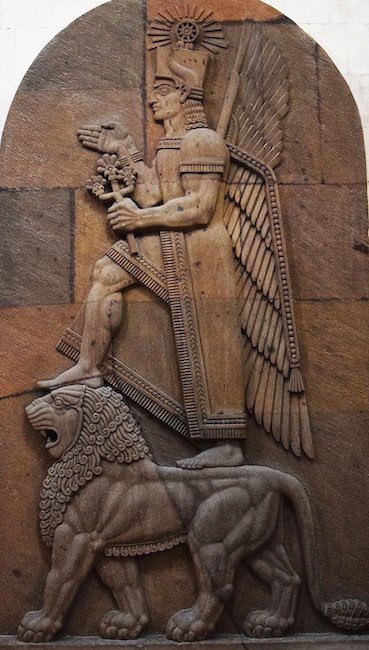
Opinions only converge in the fact that the Sumerians in Mesopotamia came from the sea, from some mountainous country, and their gods lived on some planet Nibiru, the 12th (?) planet in the Solar System, which passes its perihelion (the point of least distance to the Sun) every 3600 years. The name of the Sumerians is translated from Akkadian as blackheads and the name Nibiru as cross, intersection.
Again, we leave aside the issues of the Sumerian cuneiform script, which can only be read in Armenian, and the issue of the origin of the Sumerians, these mysterious “blackheads” who came from a mountainous country – maybe from the sea, or maybe just by water (Herodotus has mentioned a water passage from the Euphrates River to Lower Mesopotamia).
We are now interested in two names – Sumer and Nibiru. So, the homeland of the former is being looked for in Bahrain-Dilmun while the location of the latter is being stubbornly searched for in the sky. You have already guessed, of course, where exactly it is necessary to look for them – in Armenia, on the Armenian Plateau!
So, it is a well-known fact that one of the gavars (provinces) of the region of Akhdznik of Greater Armenia was Np’rkert with a capital of the same name, on the site (or nearby) of which Tigranes the Great established his capital Tigranakert.
Now, Np’rkert is called Silvan or Farkin and is located in the Diyarbakir province of Turkey. There is no reliable etymology of the Np’rkert toponym in Armenian studies. However, for an unbiased researcher, the conclusion suggests itself unequivocally. We can single out the Armenian suffix kert, which denotes a populated place. But the mysterious Np’r still remains.
The analogy with Nibiru is obvious for two reasons:
The first is the well-known and frequent dropout of vowels in many languages.
Secondly (and this is perhaps the main reason), in the ancient Armenian toponymic system, endings “u” have been used quite a lot, denoting the feature of this or that toponym.
This feature is often found in the period of Kingdom of Van (Urartu). Moreover, in the western part of the gavar of Np’rkert, in the system of the Sasun mountains, there is the Niribu or Nirbu ridge. An obvious alternation of syllables! At the foot of the ridge are the villages of Niribu-Alianz, Niribu-Melikyants, Niribu-Tsovants, and Niribazan. All of them were based around the ancient city of Nirbu to the northwest of Ayni (Haini).
Finally, south of the ridge and the villages of Nirbu-Niribu, in the upper reaches of the river Ambar flowing to the left into Tigris is the village of Nipirtash (without alternating syllables) near the ruins of the same name. Nipirtash is the Turkic word for the Armenian Nibirkar – that is, the Nibir stone. In its turn, stone (Armenian: քար, kar) in Armenian toponymy is a synonym for avan, shen (Armenian: ավան,շեն), that is, a fortified settlement.
On the basis of all that has been said, one can, we think, conclude that the ancestral home of the Sumerians, which they wrote legends about after they moved to Mesopotamia, was Armenia, which was called by them Nibiru.
What does this name mean in Armenian? The primary form of the toponym should be considered the option of Naver or Naveru, which denoted graves, burial grounds with the graves of their ancestors. There are dozens of such names (in its original meaning) in the Armenian Highlands, and above all are the famous necropolises of Verin and Nerkin (Upper and Lower) Naver near the village of Parpi, which have been studied for many years. The leader of the research group Hakob Simonyan discovered evidence of Armenia being the home of the whole Indo-European civilization.
Thus, the Sumerian Nibiru, the planet of the gods which gave a rise to their culture, is nothing but Armenia, a mountainous country from which the black-headed people moved to Mesopotamia and established their own state.
And what about the very name of Sumer? What is the connection with Armenia? The most direct! Judge yourself – on the Armenian Plateau, there are several dozens of toponyms derived from Dzmar, Zmar, or Zmer.
The most famous among them is the ancient city of Zimara or Zimarra in the west of Greater Armenia near the famous Binkan as well as the village of Dzmarakhach south of the ruins of the ancient Parthava in Utica. And all these “Dzmara” and “Zmara” are written with a soft “r” (Armenian: Զմարա or Ձմարա), so the names have nothing to do with the Armenian word for “winter” (ձմեռ, dzmer̄.).
And if you remember the affix “z” in the front of some consonants widely used in grabar (Classical Armenian), it would be very easy to restore the original version of the toponym of Sumer – Z-mer (Armenian: մեր or զմեր, (z)mer, English: our, most likely meant our people). It turns out that Sumer is our civilization, and Nibiru-Armenia is their Olympus!
There are hundreds of similar examples of the preservation of the toponyms of neighboring cultures in Armenia! In the future, we hope to acquaint our readers with other ancient “civilizational” toponyms of Armenia, but for now, let us present you with one small clarification about the next “riddle” of history.
